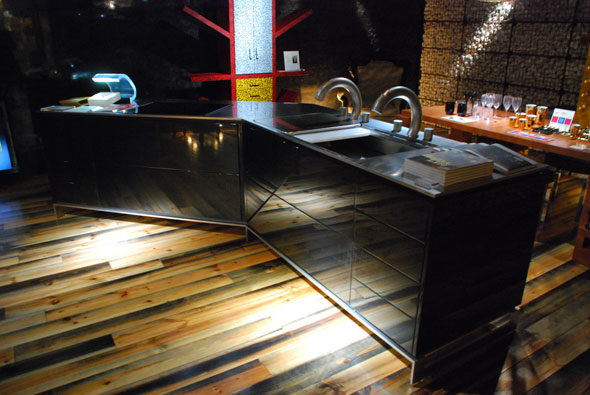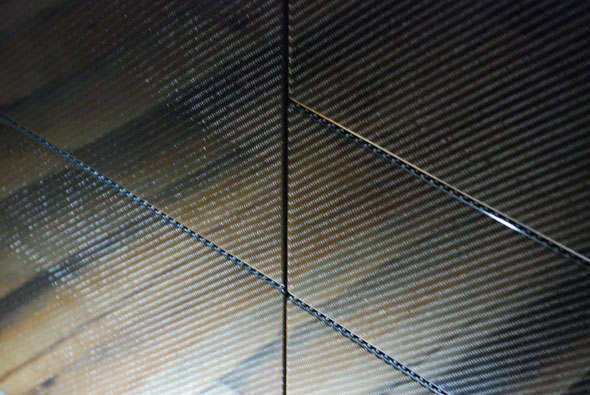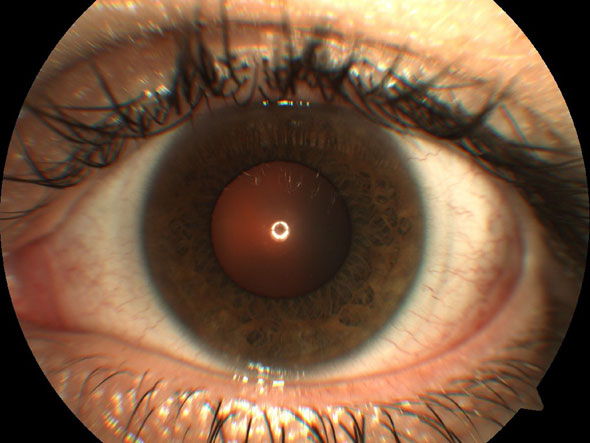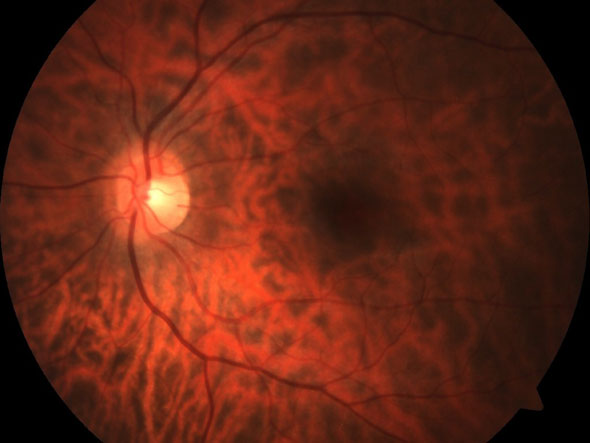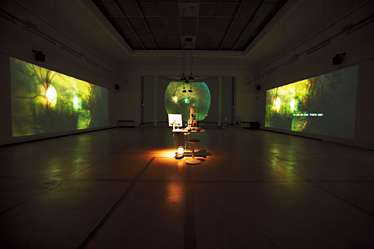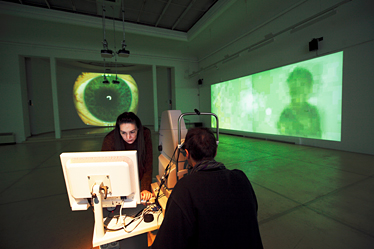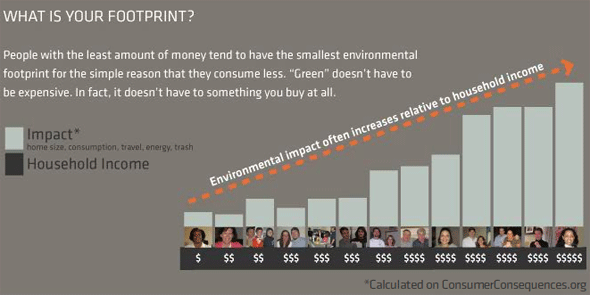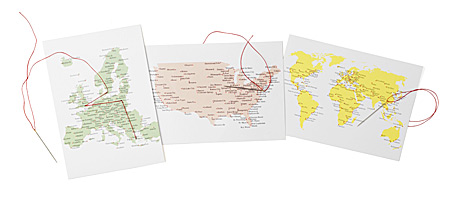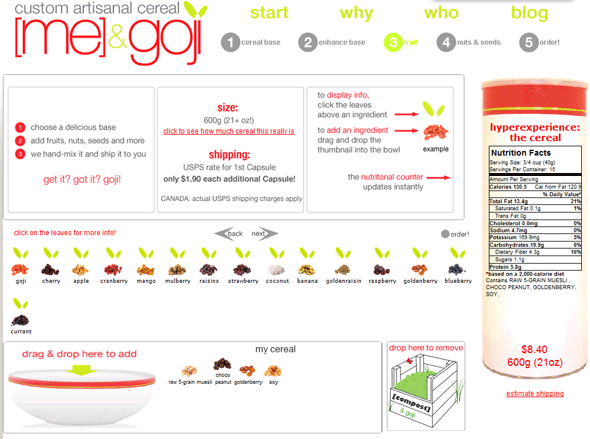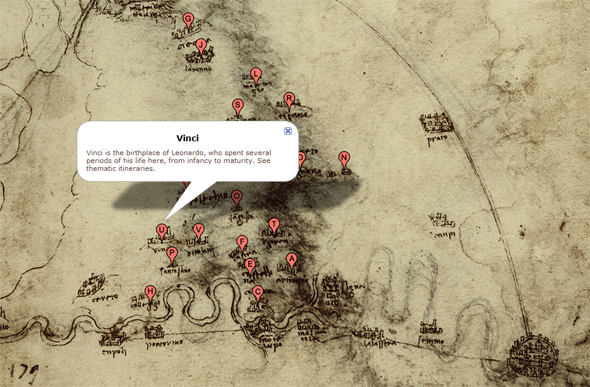Sometimes the best interfaces are the simplest: take this touch screen interface for the NTT ICC (Tokyo) entitled Micro Presence by Kenji Kohiyama, masahiko Morita, Tatsuya Saito and Shuheu Wemler from Keio University. Having photographed insects at super-high resolution, the best way to engage visitors was to show the insects real size and allow anyone to zoom in as far as possible. Forgoing a ‘pinch’ type interface for a much simpler single touch zooming animation, the interface is accessible by anyone. And despite all of the other things people might want to do with the image (rotate, revolve) allowing only this one gesture with a single animation speed makes it engrossing enough. From the catalogue:
The limits of human perception are often issues of scale: it is difficult for us to appreciate that which is inordinately larger or smaller than ourselves. The history of humanity is filled with tools and theories to help us calibrate our observations and understand other proportions in nature. This installation attempts to make visceral the microscopic in our daily lives. Because these insects are exceedingly small, we tend to co-exist without any sense of their existence. By re-proportioning them to the scale of a human body, they start to make their extraordinary presences felt. To make vivid the presence of these microscopic beings, this piece makes full use of the latest digital image processing technology, and has even developed new photographic techniques for achieving focal depth on each region of their bodies.
